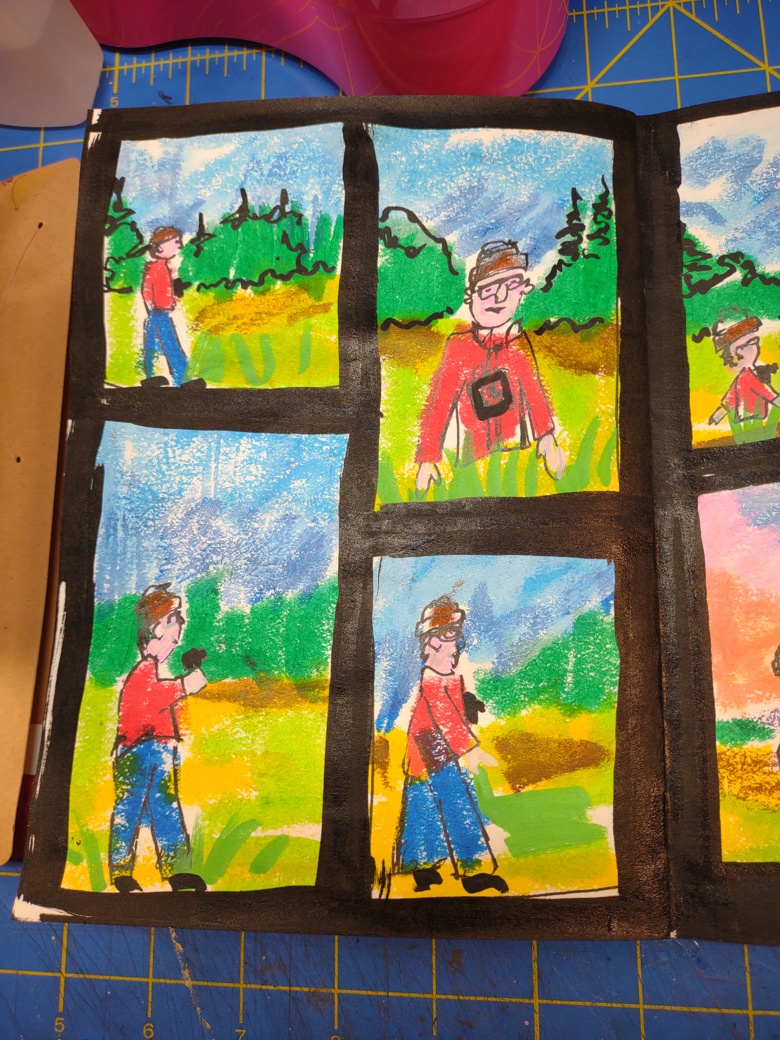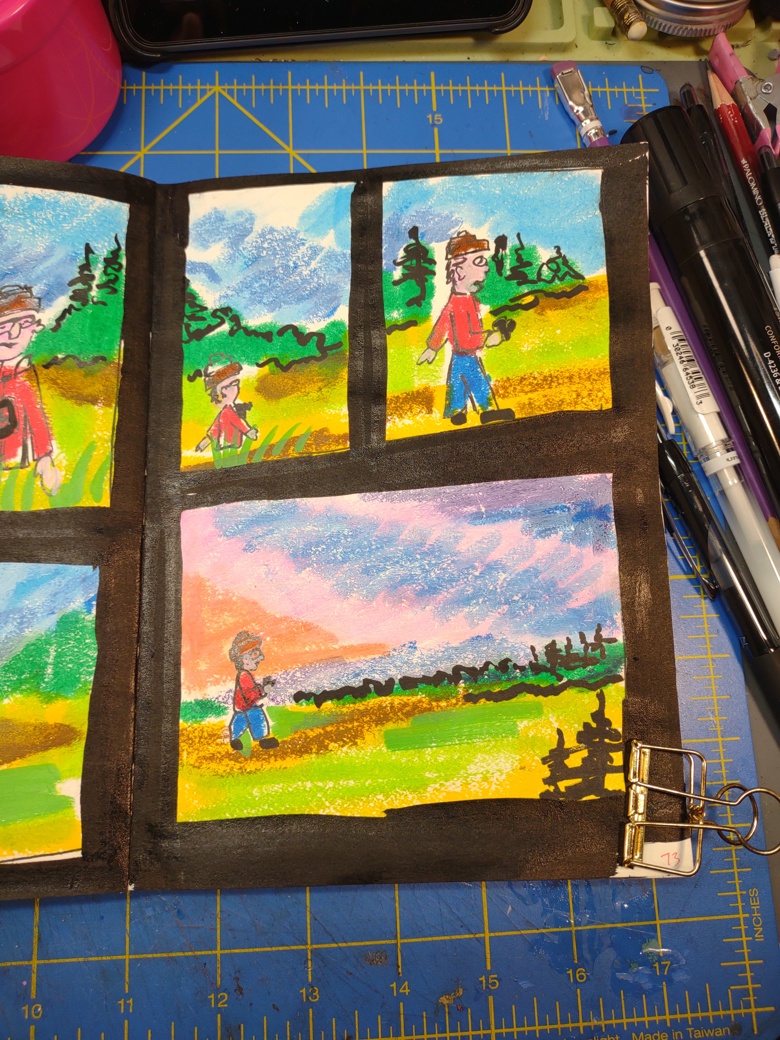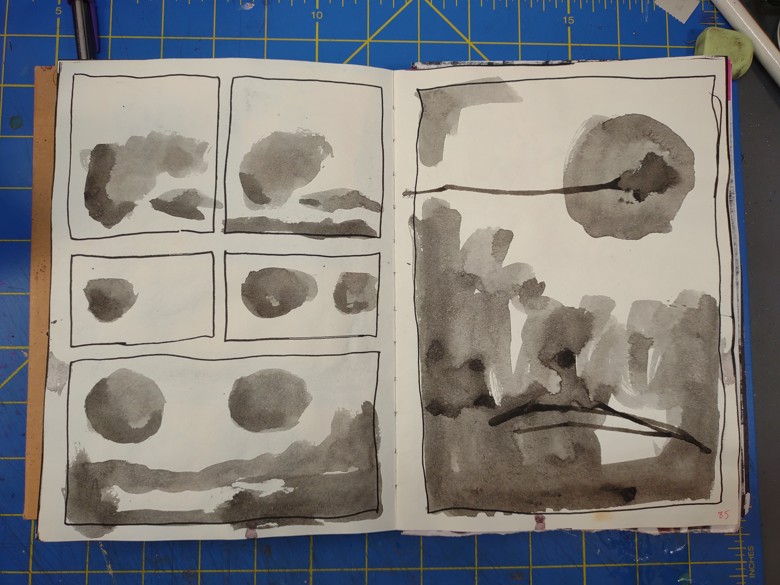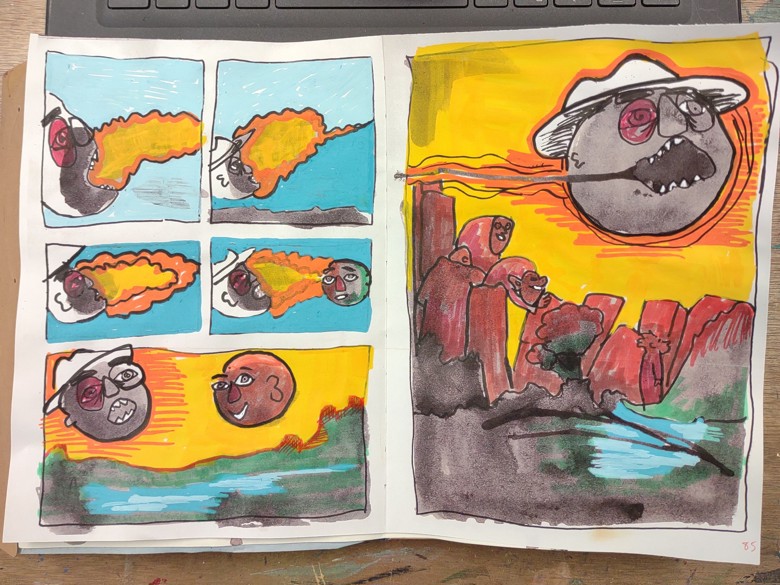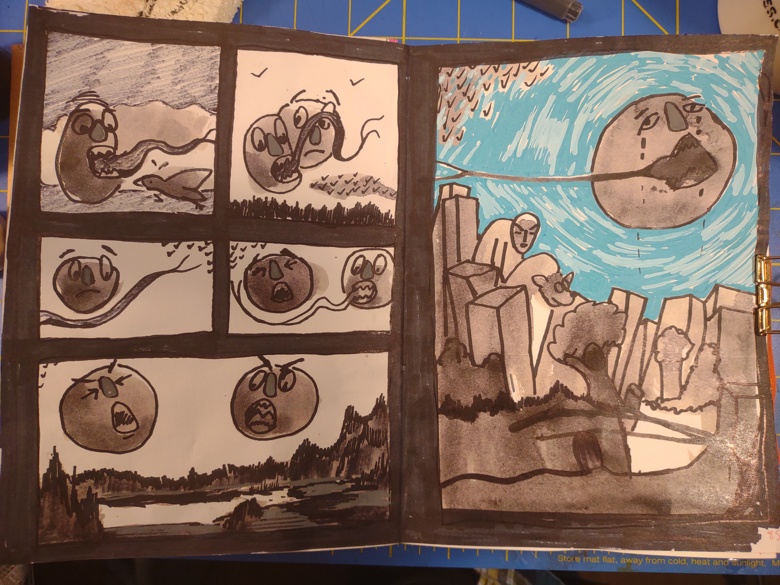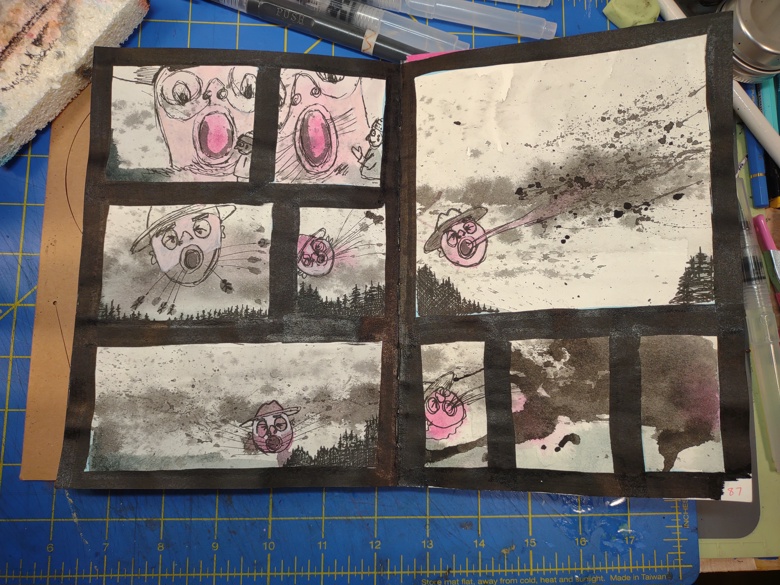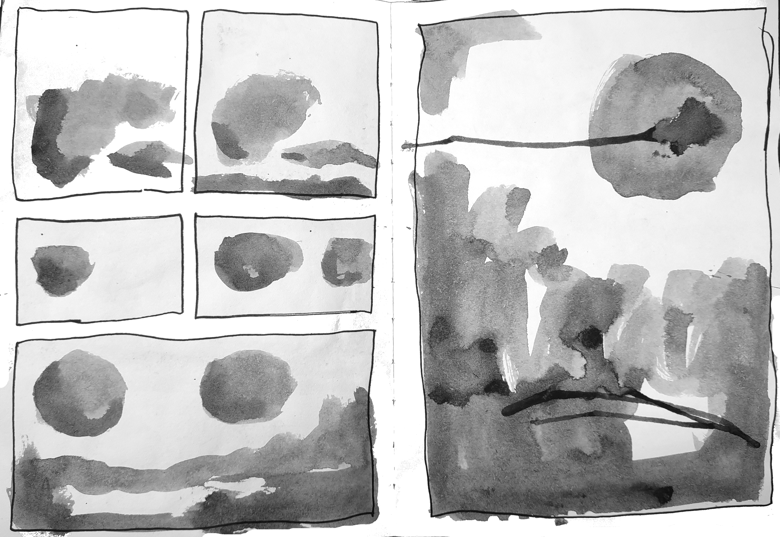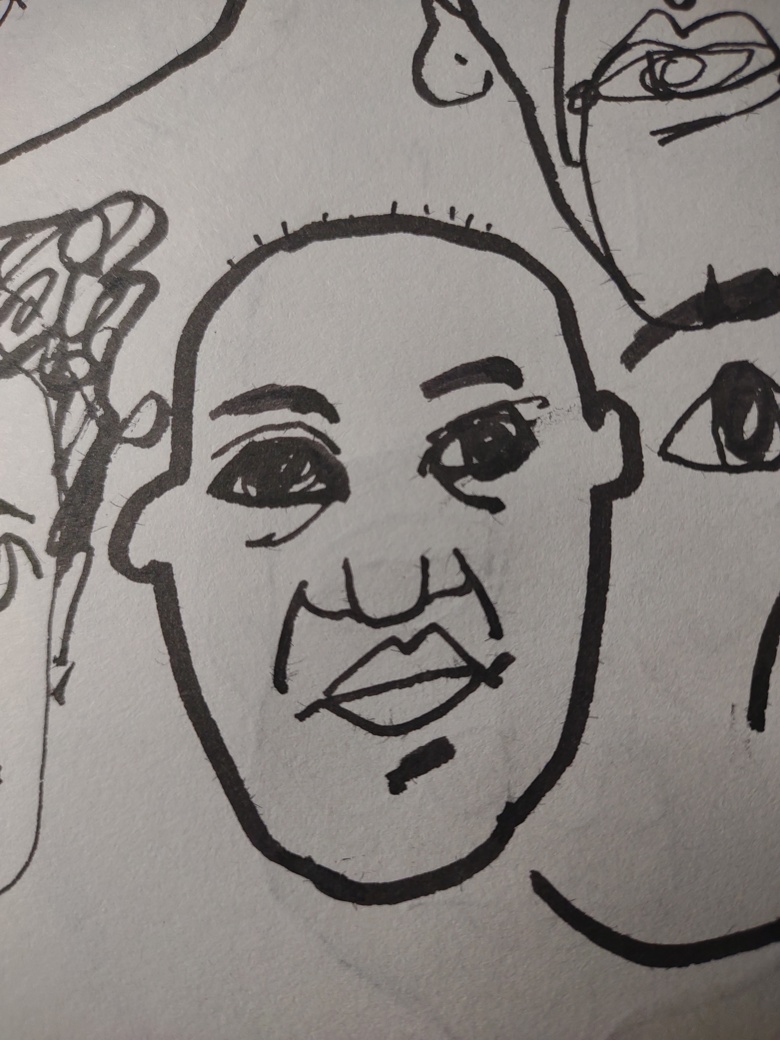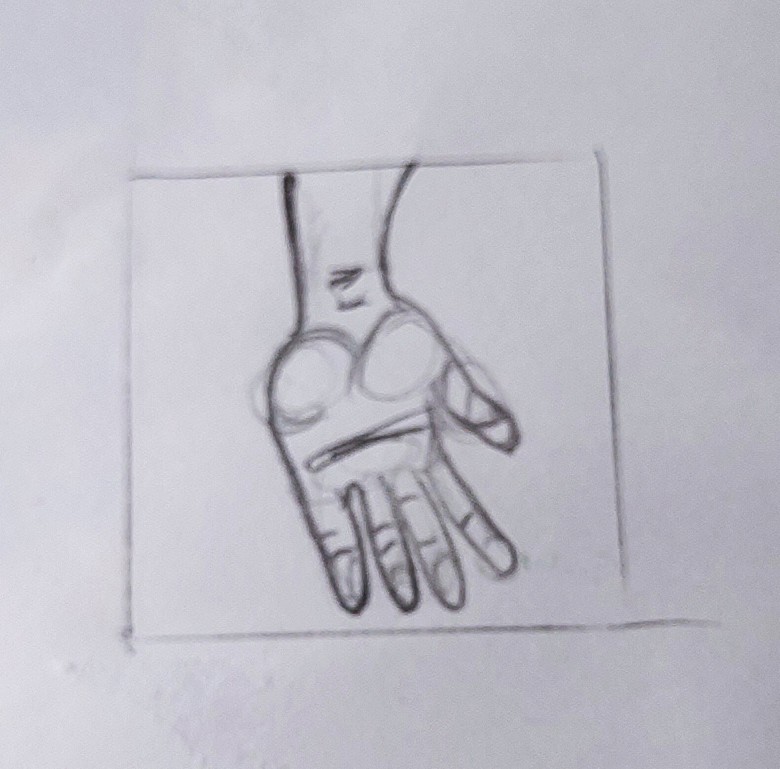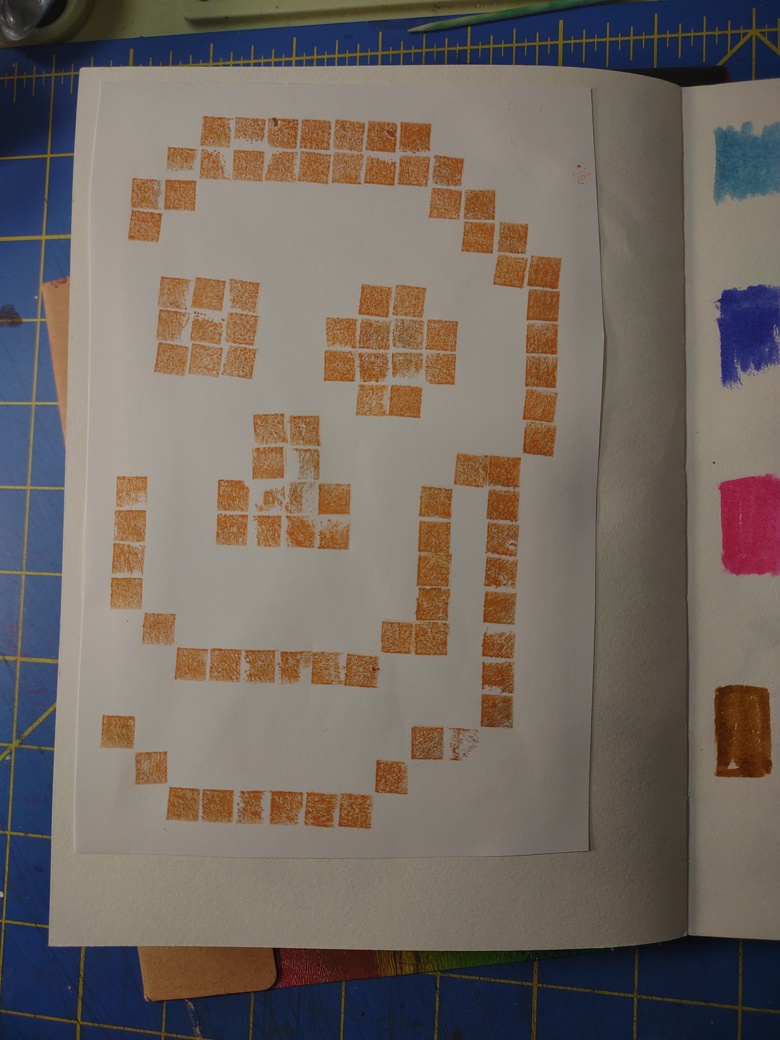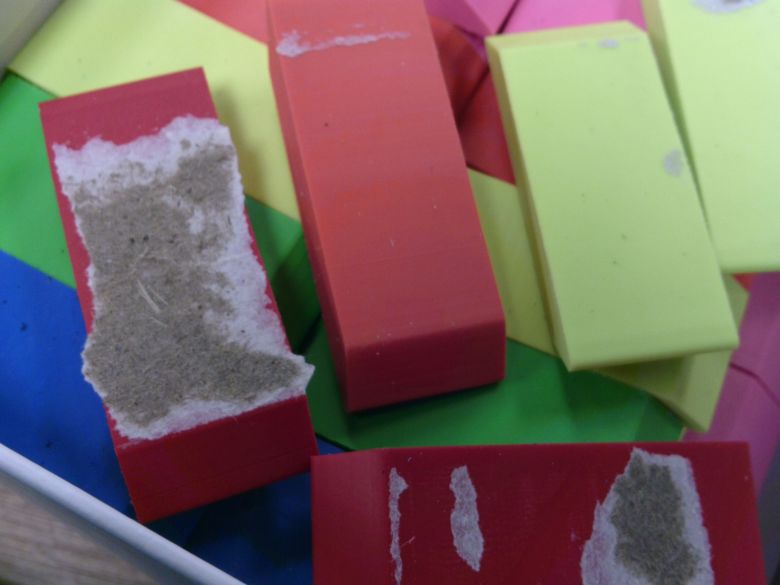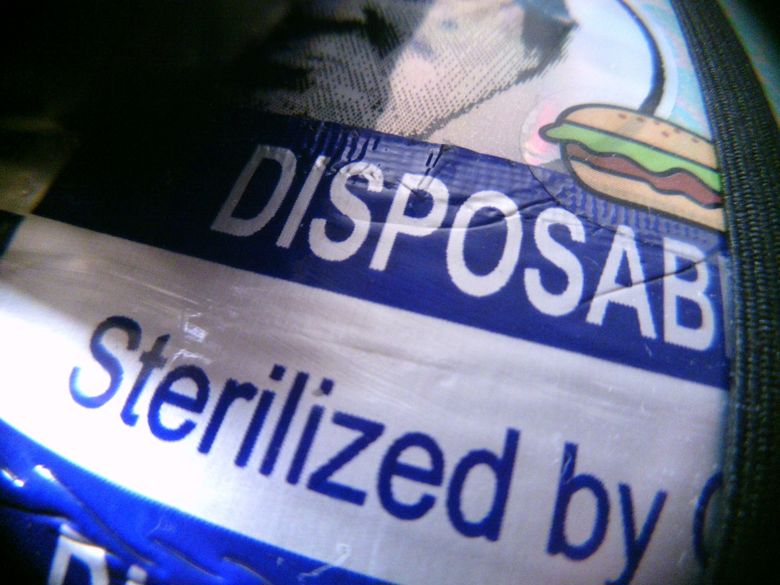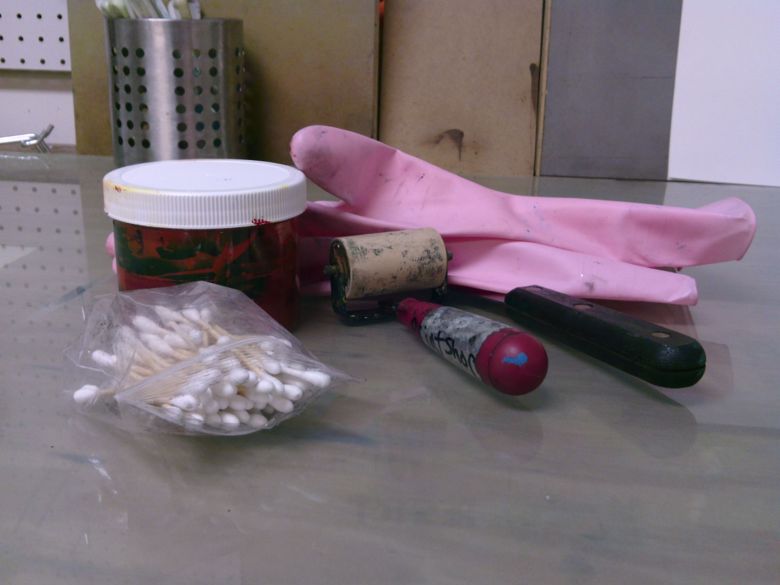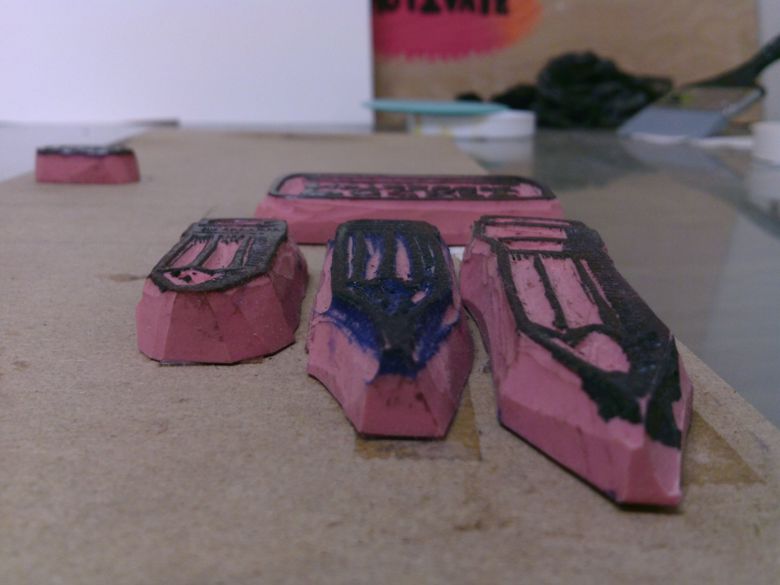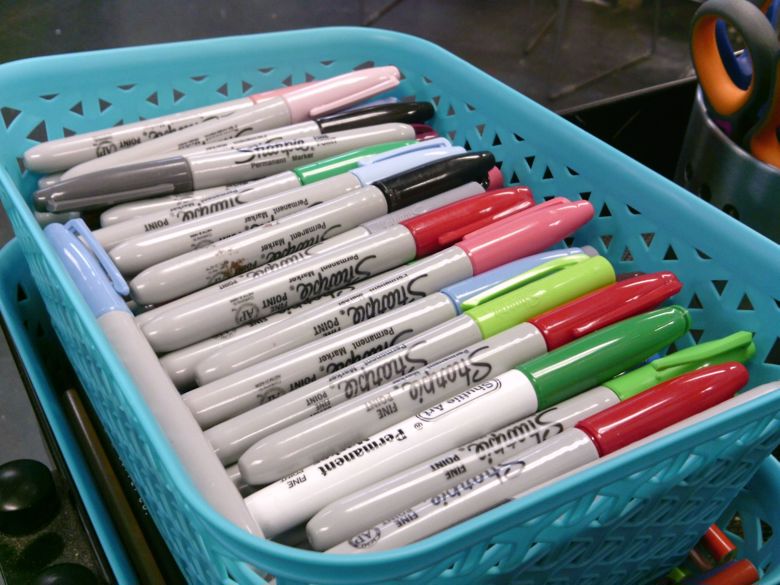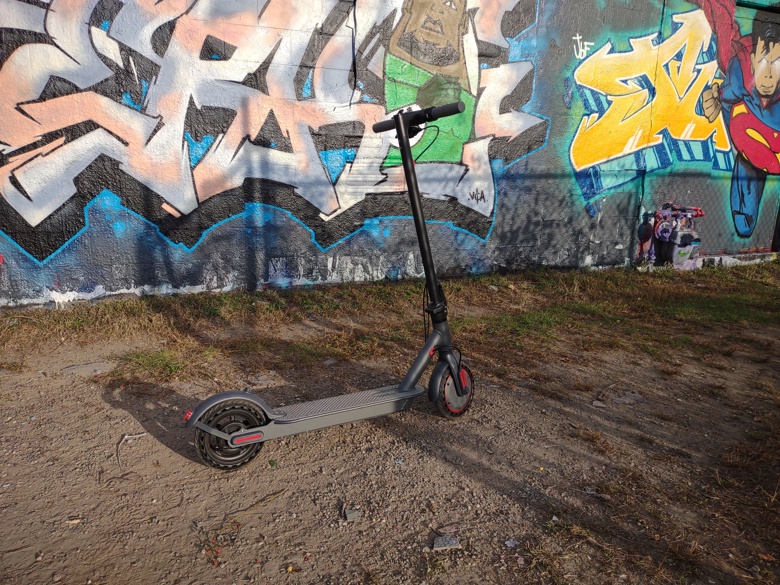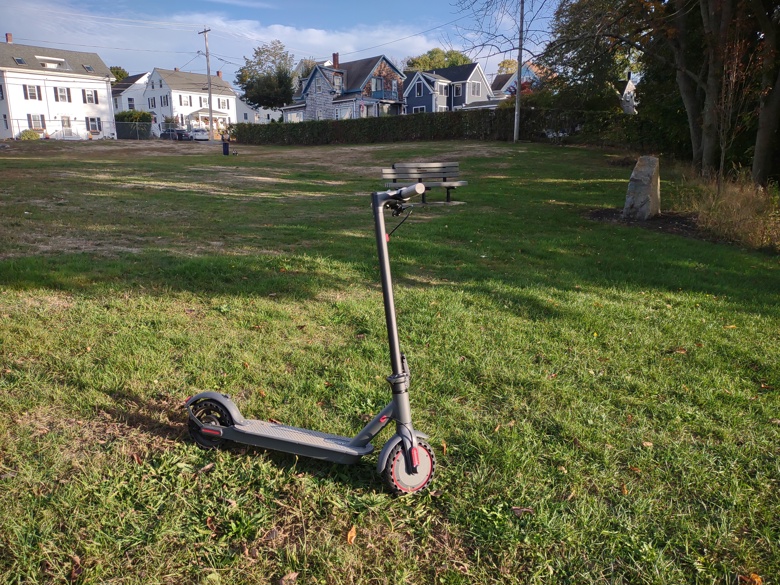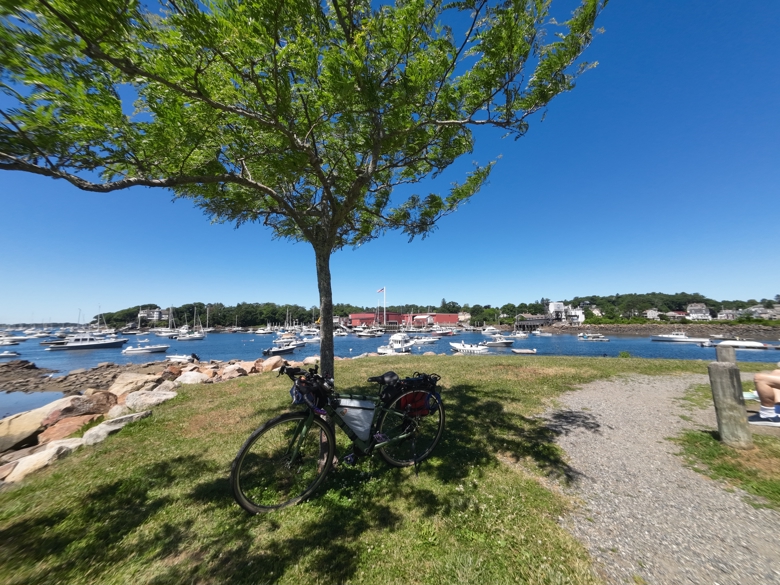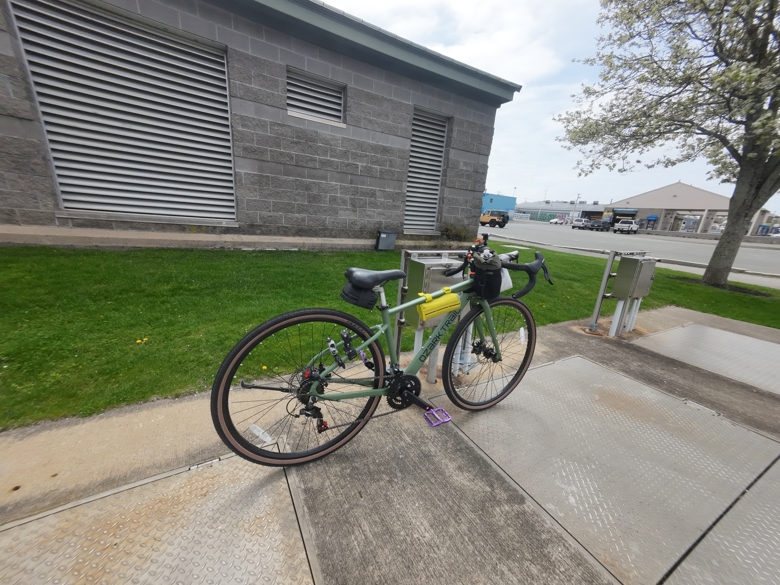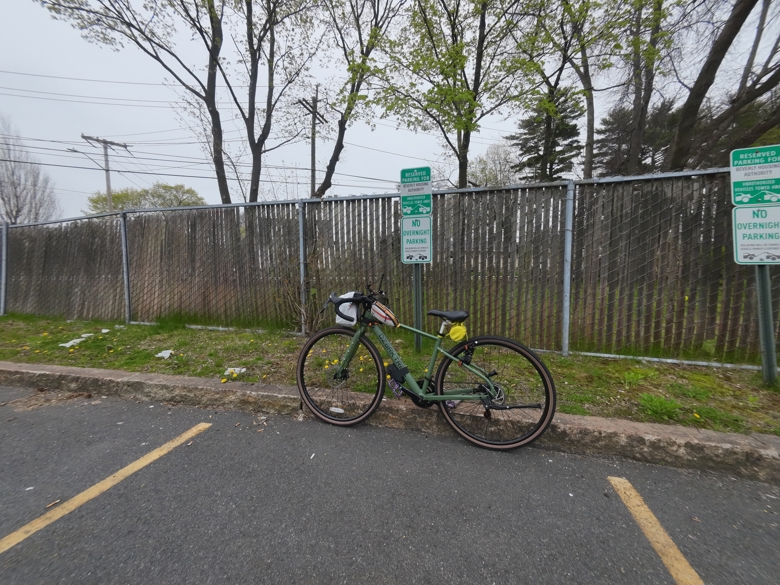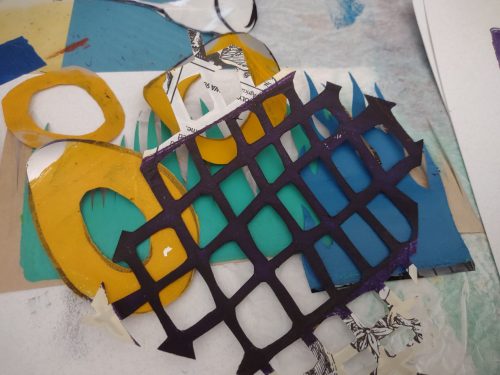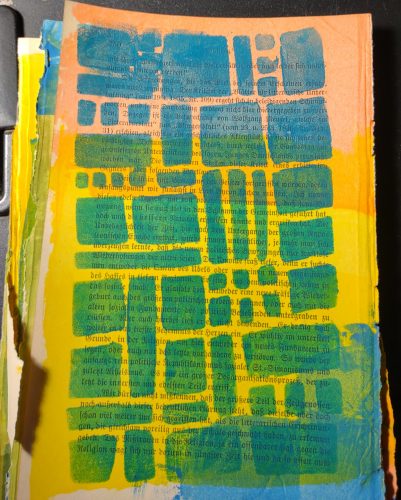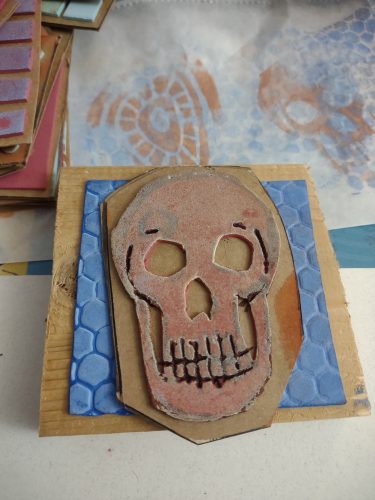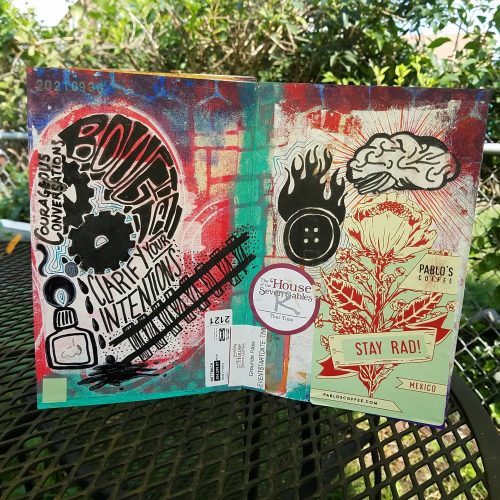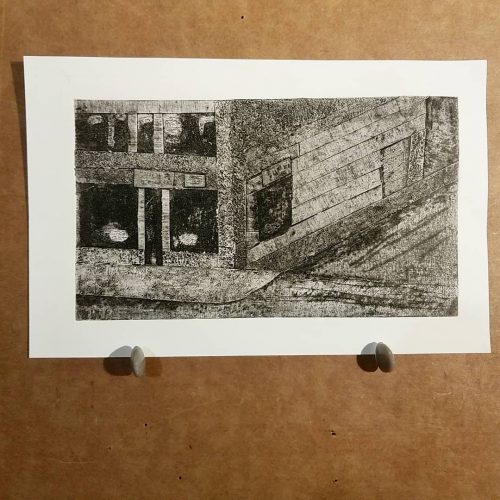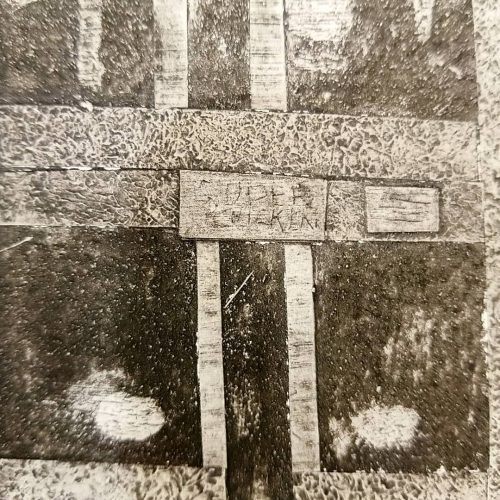(Editor’s note: This was posted to my ko-fi account a month ago, if you would like to see these posts in real time head over to Ko-fi and follow me there.)
I had hoped that I would have spent the last 2 or 3 days making art and recording videos of myself making art. Instead I switched gears and rested.
Why?
Shear necessity.
You see, I work with kids and I caught either norovirus or food poisoning. I will spare you the details and instead tell you that for 8 hours my home was my bathroom then the next 16 I spent in bed. Then the next 24 sleeping fitfully and rehydrating.
I have had food poisoning once before.
This was worse.
Anyway. My stomach still feels like I’ve gone a few rounds with Claressa Shields* or done a severely heavy routine of planking. I’m back on solid food and I mostly feel normal.
And my normal includes drawing. I finally picked up my materials this AM and did a gesture drawing session. I’ve done over 35 of them at this point and while this morning’s session wasn’t my best, it was a great way to start the day.
I then started to churn through my emails, which included many many substacks and free Patreon subs. Luckily at this point, it was Saturday, I lost 2 DayJob days to this illness, and Saturday was destined to be slow.
Anyway, I started reading and I hit Orla Steven’s message for February Plans (read here) and the image was great so I decided to play with it a bit. I did 4 different thumbnail images (gah not on camera) with cheapie rainbow colored pencils and cheapie brush tipped paint markers that blend and show through. It’s rough and ready and I kind of love them. They may need some crayons.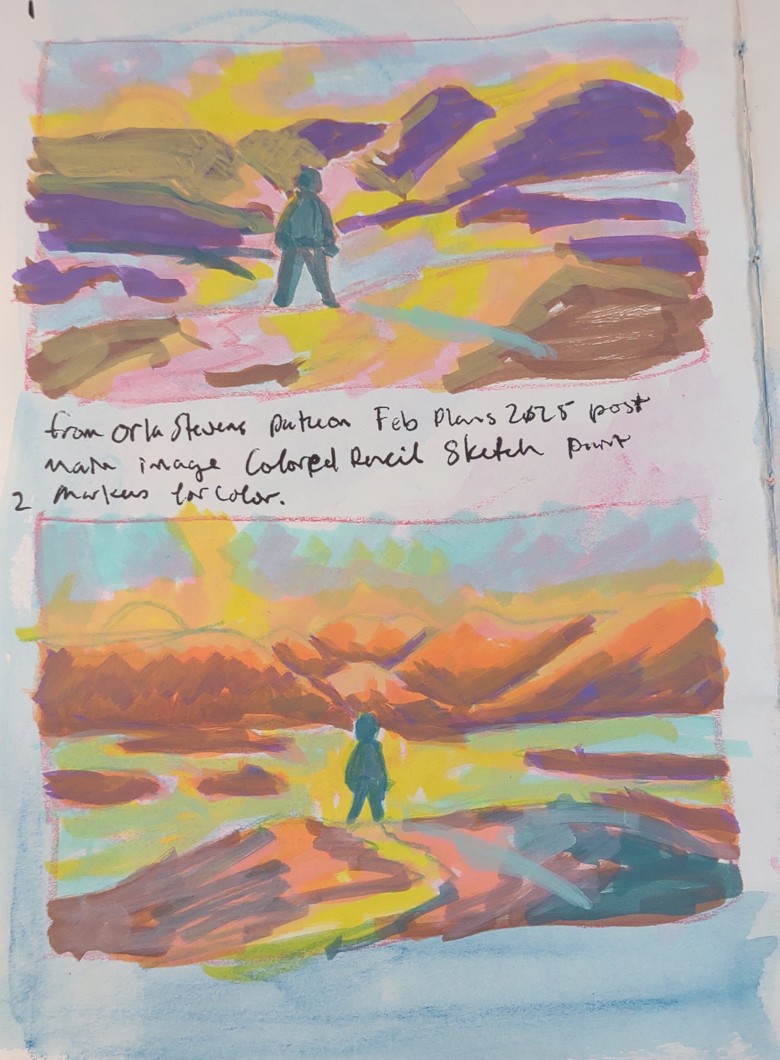
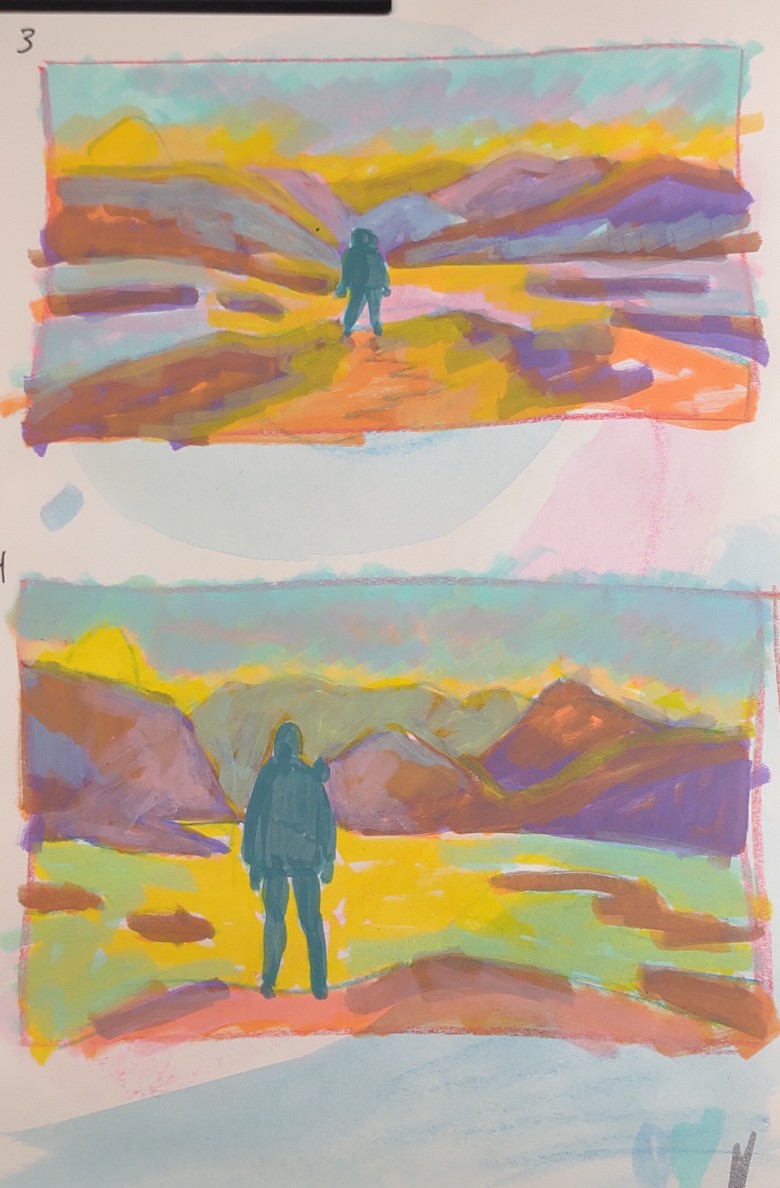
Who am I kidding? Adding crayons is always a good choice.
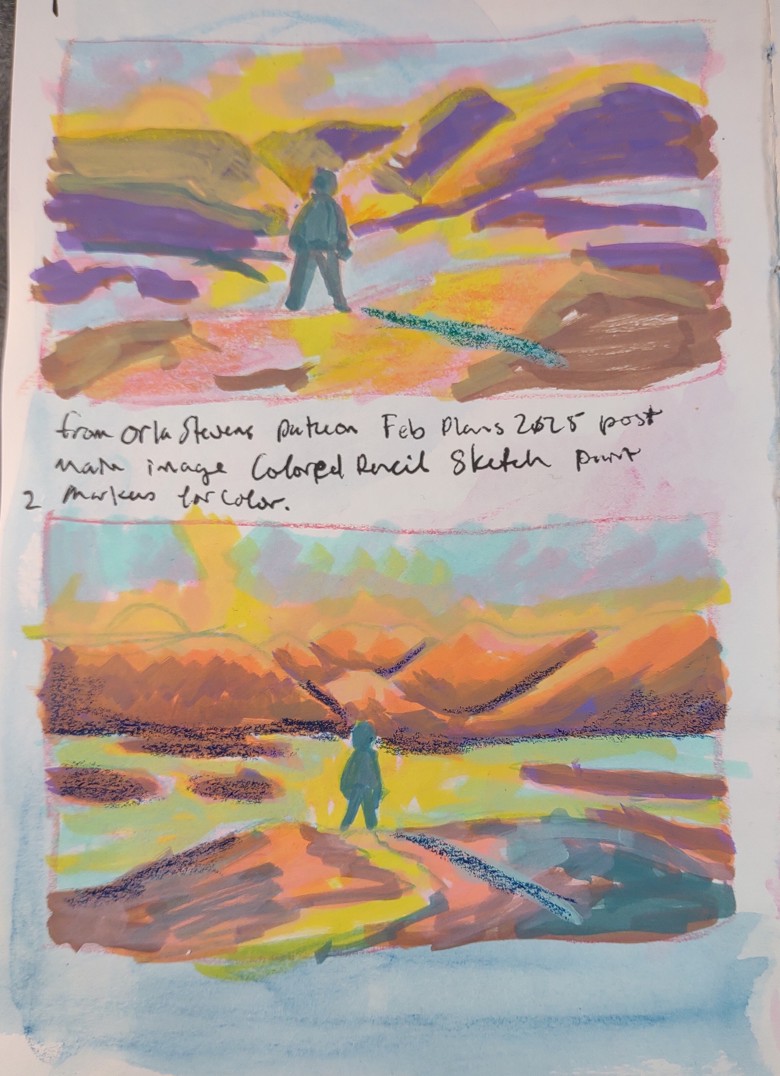
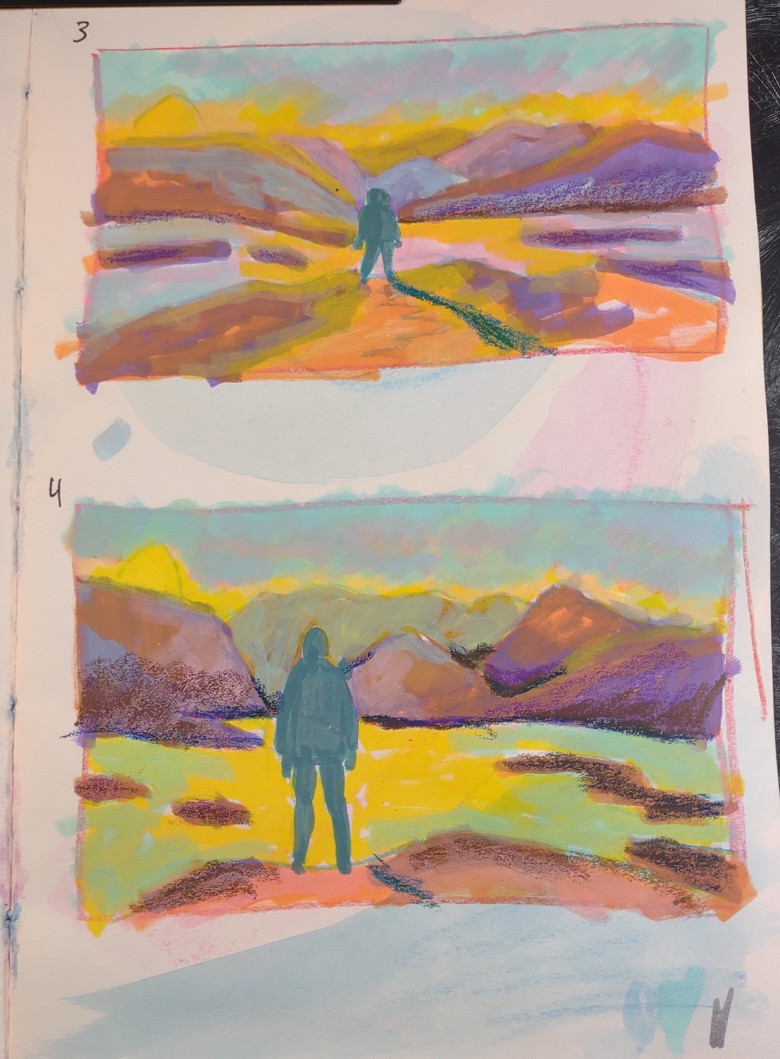
Crayons were a great choice here because these darn acrylic markers are all very much in the same value range. That is if I squint and look at them they all blend into one big blob. It works the same if you take a pic and turn it black and white by turning the saturation all the way down. A useful tool. I attempted to build value through layers and the use of the few colors in the set- brown and purple that have a darker value.
An observation that I’ve made about some of these cheaper acrylic marker sets is that they very much remind me of a very inexpensive acrylic gouache. They have a bit more of an acrylic film that resists other water soluble media, but not enough to make it impossible. These markers probably won’t last that much longer as I do keep using them, despite finding them frustrating and that they freeze up when I use them in cold weather. I won’t be buying another package of them.
*I had to look her up, she the current Women’s Heavy Weight boxing champion. As of this writing. according to some weight classes. blah blah blah. I don’t follow boxing.
